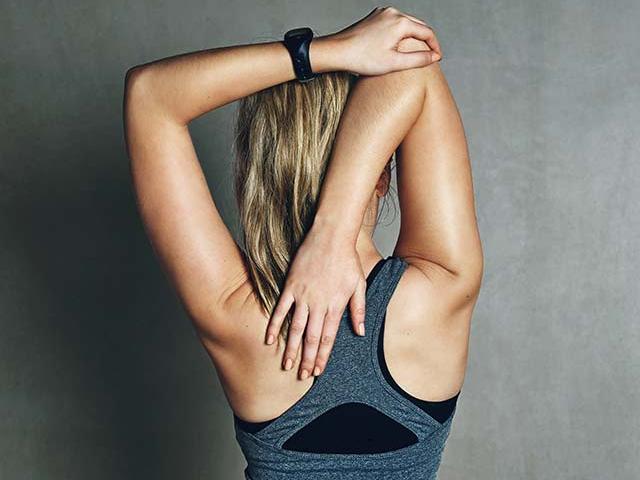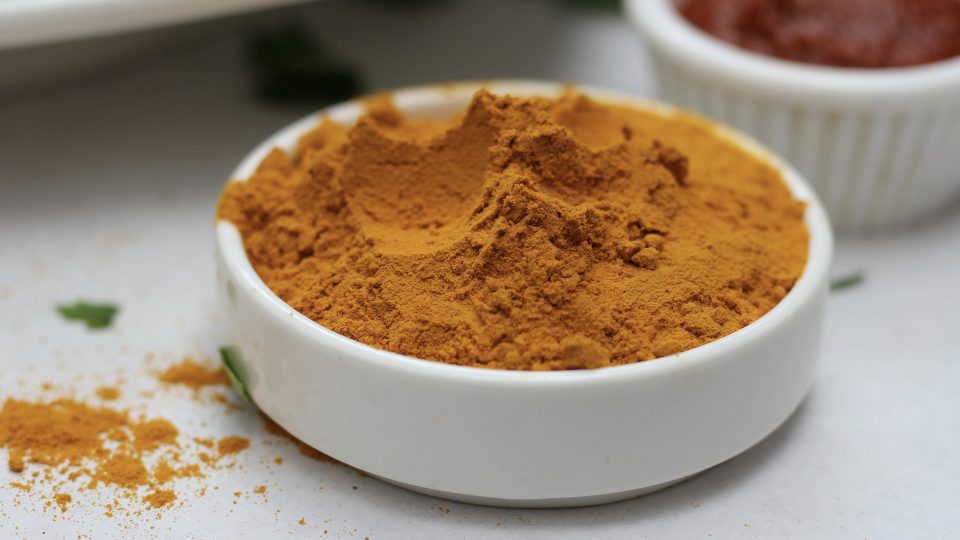Using the Franklin Method for Back Health
Apr 19, 2018
Author - Mollie McClelland Morris
chronicpain, exercise, health
When most of us think or talk about our backs, we usually say things like “my back is stiff and tight”. “I have herniated discs”, and “my back is really sore”. Fitness instructors say that our lower back needs “protecting”. In fact, if someone answered “How are you?” with, “My back feels really dynamic and strong today and I feel great.” we would probably laugh.
Many of us are searching for ways out of pain, and there are many modalities to try, including manual therapies, massage, osteopathy, or rolfing or exercise, pilates or yoga to strengthen the back. Others take pills, herbs, hot baths, cold compresses, taping, foam rolling, new shoes or mattresses even surgery to have less pain in the back.
The science around pain, and back pain specifically suggests that there is not a direct correlation between “injury” and pain. Pain is sometimes present with no injury and likewise, many of us have small bulges in our discs, with no symptoms. So what is going on, and what can we do to feel better?
Research is beginning to suggest that the very thoughts “My back is stiff and tight” actually create and reinforce back pain. The belief that our back is fragile and in danger creates that state in our bodies. When we talk about our bodies, especially our backs, the language is usually profoundly visceral, and overwhelmingly negative. We are creating those qualities as we move, by thinking about our body in that way.
What if we worked with our mind first, and used that tool to change the body? Franklin Method starts there: by changing our thinking about our movement. It is truly a methodology for improving movement using the mind and body.
Try this exercise: Move your shoulders up and down a few times. Check in as you do it. How do you feel? You might feel tight or stiff, or you might really enjoy moving. Now, as you move your shoulders think about how you would like your shoulders to feel, maybe smooth or light. As you move, say the words: “my shoulders are light and smooth”. Has anything changed? Now say the opposite: “my shoulders are heavy and clunky”. You may feel that your body instantly takes on what you are thinking, and that the movement is immediately heavier and laboured. That is a simple exercise that shows how thinking affects the body.
Do the same in spinal movements. Think about the qualities you want to feel as you move. Say “my spine is free and strong”. Add breath to your movement. You may discover that your pain is already dissipating. The mental shift in this exercise is the beginning of our internal healing toolkit. While very helpful, it may not be enough to totally heal from pain.
Through anatomical and biomechanical images and exercises students experience the body’s physical structures, to move more efficiently and effectively. The understanding and embodiment of our form and function creates a fully developed and integrated system of movement exercises and visualisations, often using bands and balls for training and conditioning. Franklin Method can also work alongside other movement practices, including pilates or yoga, and can be applied to any physical activity including horseback riding, running, or surfing.
Where Franklin Method differs from other modalities is that it is not just a set of exercises to do. The toolkit for creating healthy movement includes metaphor, clear anatomical and biomechanical visualisation and embodiment, motivational imagery, touching and tapping for better proprioception, and even mental simulation of a movement and its desired effects. Using this detailed and varied imagery, students find new movement pathways, stimulate under or overused muscles, tone and relax the body and feel better.
And why is this important? In my first Franklin Method class, Eric Franklin, creator of the method asked us to rate a movement experience. For the majority, the experience was average. Then asked if we wanted to live an average feeling life, we all answered no. These tools can help us heal from pain, but also can help us live our lives in the best possible way. Both empowering and challenging, Franklin Method asks us to take responsibility for how we create our experience in our body and mind, and then gives us tools to continually improve.
Mollie McClelland Morris
Apr 19, 2018
Author - Mollie McClelland Morris
chronicpain, exercise, health
When most of us think or talk about our backs, we usually say things like “my back is stiff and tight”. “I have herniated discs”, and “my back is really sore”. Fitness instructors say that our lower back needs “protecting”. In fact, if someone answered “How are you?” with, “My back feels really dynamic and strong today and I feel great.” we would probably laugh.
Many of us are searching for ways out of pain, and there are many modalities to try, including manual therapies, massage, osteopathy, or rolfing or exercise, pilates or yoga to strengthen the back. Others take pills, herbs, hot baths, cold compresses, taping, foam rolling, new shoes or mattresses even surgery to have less pain in the back.
The science around pain, and back pain specifically suggests that there is not a direct correlation between “injury” and pain. Pain is sometimes present with no injury and likewise, many of us have small bulges in our discs, with no symptoms. So what is going on, and what can we do to feel better?
Research is beginning to suggest that the very thoughts “My back is stiff and tight” actually create and reinforce back pain. The belief that our back is fragile and in danger creates that state in our bodies. When we talk about our bodies, especially our backs, the language is usually profoundly visceral, and overwhelmingly negative. We are creating those qualities as we move, by thinking about our body in that way.
What if we worked with our mind first, and used that tool to change the body? Franklin Method starts there: by changing our thinking about our movement. It is truly a methodology for improving movement using the mind and body.
Try this exercise: Move your shoulders up and down a few times. Check in as you do it. How do you feel? You might feel tight or stiff, or you might really enjoy moving. Now, as you move your shoulders think about how you would like your shoulders to feel, maybe smooth or light. As you move, say the words: “my shoulders are light and smooth”. Has anything changed? Now say the opposite: “my shoulders are heavy and clunky”. You may feel that your body instantly takes on what you are thinking, and that the movement is immediately heavier and laboured. That is a simple exercise that shows how thinking affects the body.
Do the same in spinal movements. Think about the qualities you want to feel as you move. Say “my spine is free and strong”. Add breath to your movement. You may discover that your pain is already dissipating. The mental shift in this exercise is the beginning of our internal healing toolkit. While very helpful, it may not be enough to totally heal from pain.
Through anatomical and biomechanical images and exercises students experience the body’s physical structures, to move more efficiently and effectively. The understanding and embodiment of our form and function creates a fully developed and integrated system of movement exercises and visualisations, often using bands and balls for training and conditioning. Franklin Method can also work alongside other movement practices, including pilates or yoga, and can be applied to any physical activity including horseback riding, running, or surfing.
Where Franklin Method differs from other modalities is that it is not just a set of exercises to do. The toolkit for creating healthy movement includes metaphor, clear anatomical and biomechanical visualisation and embodiment, motivational imagery, touching and tapping for better proprioception, and even mental simulation of a movement and its desired effects. Using this detailed and varied imagery, students find new movement pathways, stimulate under or overused muscles, tone and relax the body and feel better.
And why is this important? In my first Franklin Method class, Eric Franklin, creator of the method asked us to rate a movement experience. For the majority, the experience was average. Then asked if we wanted to live an average feeling life, we all answered no. These tools can help us heal from pain, but also can help us live our lives in the best possible way. Both empowering and challenging, Franklin Method asks us to take responsibility for how we create our experience in our body and mind, and then gives us tools to continually improve.
Mollie McClelland Morris


 RSS Feed
RSS Feed